 |
Key Points to Recognizing Signs of Respect in Your Dog:
|
| Respect in a dog-owner relationship is built on trust, leadership, and consistent training. Signs of respect include obedience to commands, following your lead, showing calm affection, and respecting boundaries. Leadership during walks, establishing personal space rules, and rewarding positive behaviors encourage respect and create a harmonious bond. Mutual respect is cultivated through clear boundaries, quality time, and understanding your dog’s needs. By fostering this relationship, you ensure a fulfilling companionship where your dog views you as a trusted leader and friend.
This article explores the key signs of a respectful dog, practical strategies to establish leadership, and tips to build a strong, respectful bond. From training techniques to reinforcing positive behaviors, learn how to create a harmonious relationship that benefits both you and your furry companion. |
|
1. They Listen to Your Commands
A clear indicator of respect is your dog’s responsiveness to your commands. Instructing your dog to sit, stay, come, or leave something alone and they promptly obey shows that they acknowledge your authority and trust your judgment. This obedience is not just about training but also reflects the bond and understanding between you and your pet. A respectful dog will be attentive to your cues and directions, even in distracting environments. Consistent command response demonstrates that your dog sees you as a leader and is willing to follow your lead, contributing to a well-behaved and harmonious relationship.
2. They Follow Your Lead
When walking your dog, it should walk beside or slightly behind you, not pulling ahead. This behavior shows that it acknowledges you as the leader of the pack. Use a short leash and keep treats handy to reward your dog for staying by your side. When your dog walks calmly without pulling on the leash, it’s a clear sign of respect.
A respectful dog will naturally follow your lead, especially during walks. This behavior signifies that they acknowledge you as the leader of the pack. Here is a table to help you understand and train your dog to follow your lead:
| Behavior | Description | Training Tip | Signs of Success |
| Walking Beside or Behind | Your dog should walk beside or slightly behind you, not pulling ahead. | Use a short leash and keep treats handy. Reward your dog for staying by your side. | Your dog walks calmly beside you without pulling on the leash. |
| Eye Contact | Your dog frequently looks up at you for guidance and direction. | Encourage eye contact by holding treats near your face and rewarding them for looking at you. | Your dog regularly checks in with you during walks. |
| Waiting for Commands | Your dog pauses and waits for your instructions before crossing streets or changing direction. | Use a command like “Wait” before crossing streets and reward them for stopping and looking at you. | Your dog stops at intersections and waits for your signal to proceed. |
| Loose Leash Walking | The leash remains loose, with no tension, indicating your dog is not pulling. | Stop walking when your dog pulls. Resume walking when the leash is slack. Use positive reinforcement. | The leash remains loose, and your dog walks without pulling. |
| Calm Demeanor | Your dog remains calm and attentive, not overly excited or distracted. | Practice walking in different environments to desensitize your dog to various stimuli. | Your dog stays calm and focused on you, even in distracting environments. |
| Responding to Changes | Your dog adapts to your pace changes, stops, and turns without hesitation. | Practice changing your pace and direction frequently, rewarding your dog for following your lead. | Your dog smoothly follows your pace and direction changes. |
| No Lunging or Barking | Your dog does not lunge at other dogs, people, or distractions. | Use commands like “Leave it” and reward your dog for ignoring distractions. | Your dog remains composed and does not react to distractions. |
| Sitting When Stopped | Your dog sits automatically when you stop walking. | Use the “Sit” command when you stop, and reward your dog for sitting. | Your dog sits without being prompted whenever you stop walking. |
3. They Seek Your Attention and Approval
A respectful dog often looks to their owner for cues and reassurance, especially in unfamiliar situations. If your dog frequently checks in with you and seeks your approval, it’s a sign of respect.
4. They Show Affection Appropriately
While all dogs show affection, a respectful dog will do so in a manner that is not overly demanding or intrusive. They will wait for an invitation to snuggle or be petted rather than jumping on you or constantly nudging you for attention. Here is a table to help you understand and recognize appropriate affectionate behaviors from your dog:
| Behavior | Description | Training Tip | Signs of Success |
| Seeking Permission | Your dog waits for an invitation before jumping onto furniture or your lap. | Teach a command like “Up” for when it’s okay for your dog to join you on the furniture. | Your dog waits for your signal before getting on furniture. |
| Calm Greeting | Your dog greets you calmly, without excessive jumping or barking. | Ignore your dog when they jump or bark, and reward them for calm behavior during greetings. | Your dog approaches you calmly and waits for petting. |
| Gentle Nudging | Your dog gently nudges you for attention rather than pawing or jumping. | Reward gentle nudges with attention and affection. Ignore rough or demanding behavior. | Your dog nudges you gently for affection without being intrusive. |
| Relaxed Body Language | Your dog exhibits relaxed body language, such as a wagging tail and soft eyes. | Encourage and reward relaxed and calm behavior with petting and treats. | Your dog shows relaxed body language when seeking attention. |
| Waiting for Attention | Your dog waits patiently for you to finish tasks before seeking attention. | Practice making your dog wait while you complete a task, then reward them with attention. | Your dog patiently waits without interrupting your activities. |
| Appropriate Snuggling | Your dog snuggles without being pushy or demanding, respecting your space. | Allow snuggling when your dog is calm and respectful, and avoid reinforcing pushy behavior. | Your dog snuggles in a calm and respectful manner. |
| Respecting Personal Space | Your dog respects your personal space and doesn’t crowd you constantly. | Create boundaries and reward your dog for respecting them. Use commands like “Back” or “Stay.” | Your dog respects your personal space and only approaches when invited. |
| Responding to “Enough” | Your dog stops seeking attention when you say “Enough” or a similar command. | Teach a command like “Enough” to signal when it’s time to stop seeking attention. Reward compliance. | Your dog stops seeking attention and moves away when you give the command. |
5. They Respect Your Personal Space
A dog that respects you will understand boundaries. They won’t invade your personal space without permission and will respect areas of the home that are off-limits to them. Here are some rapid guidelines to ensure your dog respects your personal space:
- Establish Boundaries: Clearly define areas where your dog is not allowed in your home. Use gates or closed doors to enforce these boundaries.
- Use Commands: Teach commands like “Back” or “Stay” to direct your dog away when they invade your personal space. Consistently use these commands and reward compliance.
- Provide Alternatives: Ensure your canine has a relaxed area of its own, such as a mattress or crate, where it can shrink back and feel secure.
- Ignore Pushy Behavior: If your dog nudges, jumps, or invades your space, ignore it until it settles down. Reward it only when it respects your space.
- Practice Patience: Be patient and consistent. Reinforcing personal space boundaries takes time and repetition but helps create a respectful and harmonious relationship.
- Positive Reinforcement: Reward your fur friends with treats and affection when they respect your personal space, reinforcing good behavior.
- Training Sessions: Regular training sessions focusing on commands and respect for personal space can reinforce boundaries and improve your dog’s behavior.
6. They Exhibit Calm Behavior
Dogs that are calm and relaxed around you trust and respect you. Excessive barking, jumping, or hyperactivity can be signs of disrespect or a lack of training. Encourage calm behavior with positive reinforcement.
7. They Display Good Manners
Respectful dogs exhibit good manners, such as waiting patiently for their food, not begging at the table, and not jumping on guests. Training and consistency play a big role in developing these manners.
Building Mutual Respect
Respect is a two-way street. Here are some tips to build a strong, respectful relationship with your dog:
- Consistent Training: Use positive reinforcement to teach and reinforce good behavior.
- Set Clear Boundaries: Establish rules and be consistent in enforcing them.
- Provide Leadership: Be calm and assertive, showing your dog that you are a capable leader.
- Spend Quality Time Together: Bond with your dog through play, exercise, and training sessions.
- Understand Their Needs: Ensure your dog’s physical, mental, and emotional needs are met.
By understanding these signs and actively working on your relationship, you can ensure that your dog respects you, leading to a harmonious and fulfilling companionship.
Funny Moment: The Ultimate Gift
Imagine coming home after a long day, only to be greeted by your dog proudly presenting you with their favorite, slightly slobbery toy. With a wagging tail and eyes full of anticipation, they drop it at your feet as if saying, “For you, my human, a token of my undying love!” If that weren’t enough, they dart into the bushes on your next walk and return with the finest stick in the park—an exquisitely gnarly piece of nature’s art. They drop it at your feet, looking up at you with an expression that clearly says, “I have searched far and wide, and this magnificent tree stick is the ultimate gift for my favorite person.” These endearing and hilarious moments remind us how much our dogs truly adore us, with their gifts of well-loved toys and handpicked sticks from the great outdoors.
The Ultimate Tools for Building Trust and Leadership with Your Dog
|
 |
||
|
 |
||
|
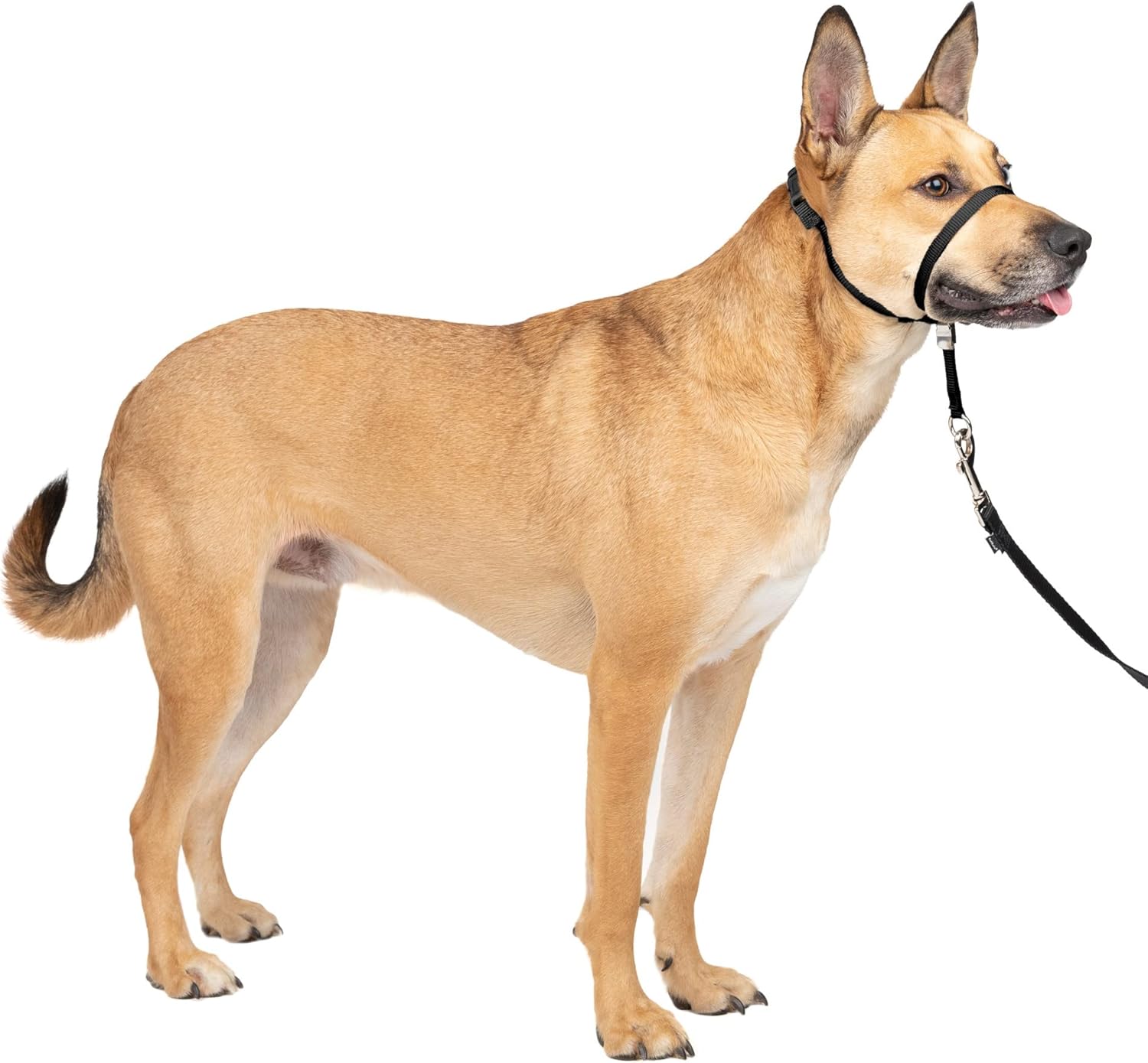 |
||
|
 |
||
|
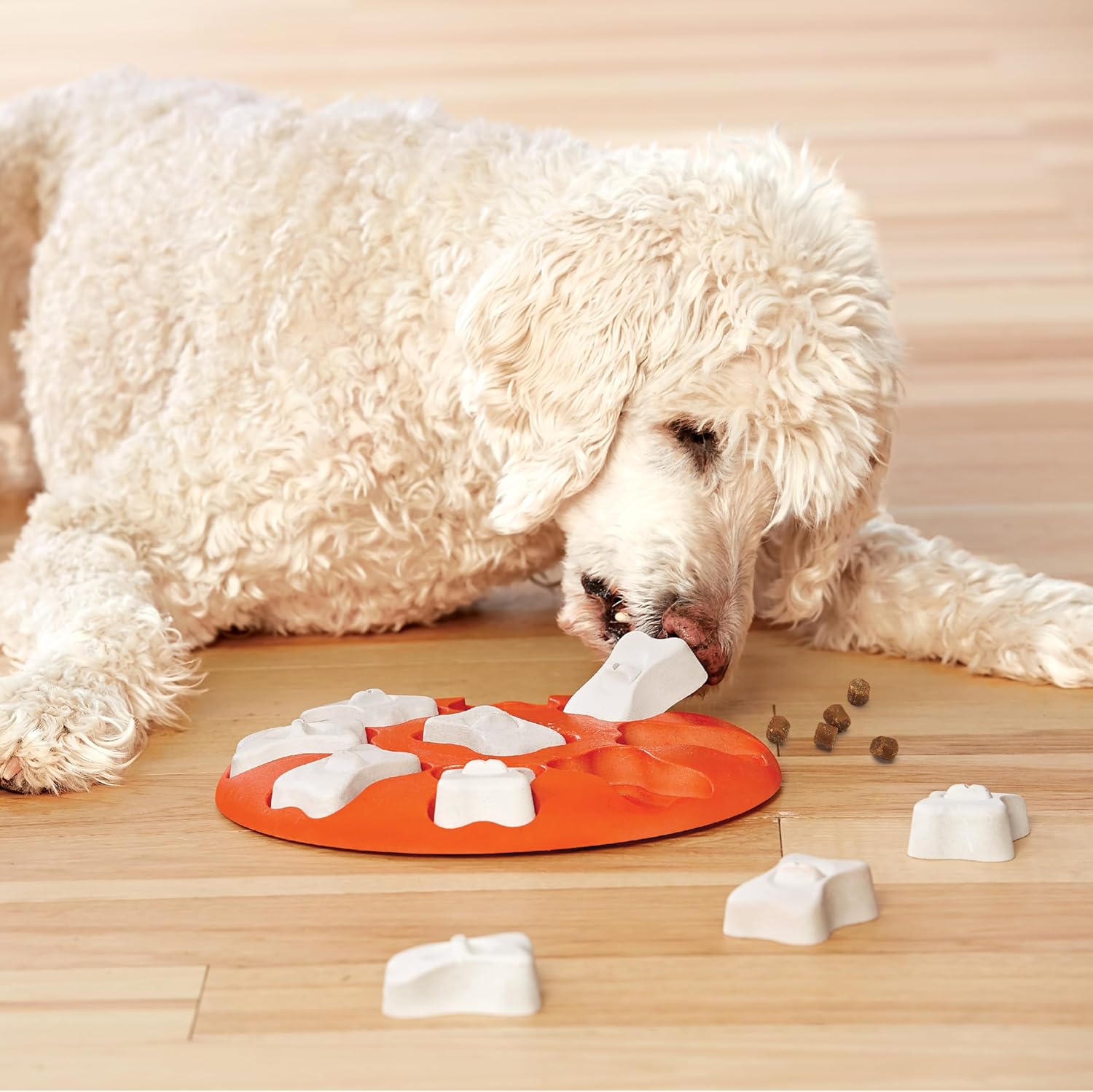 |
||
|
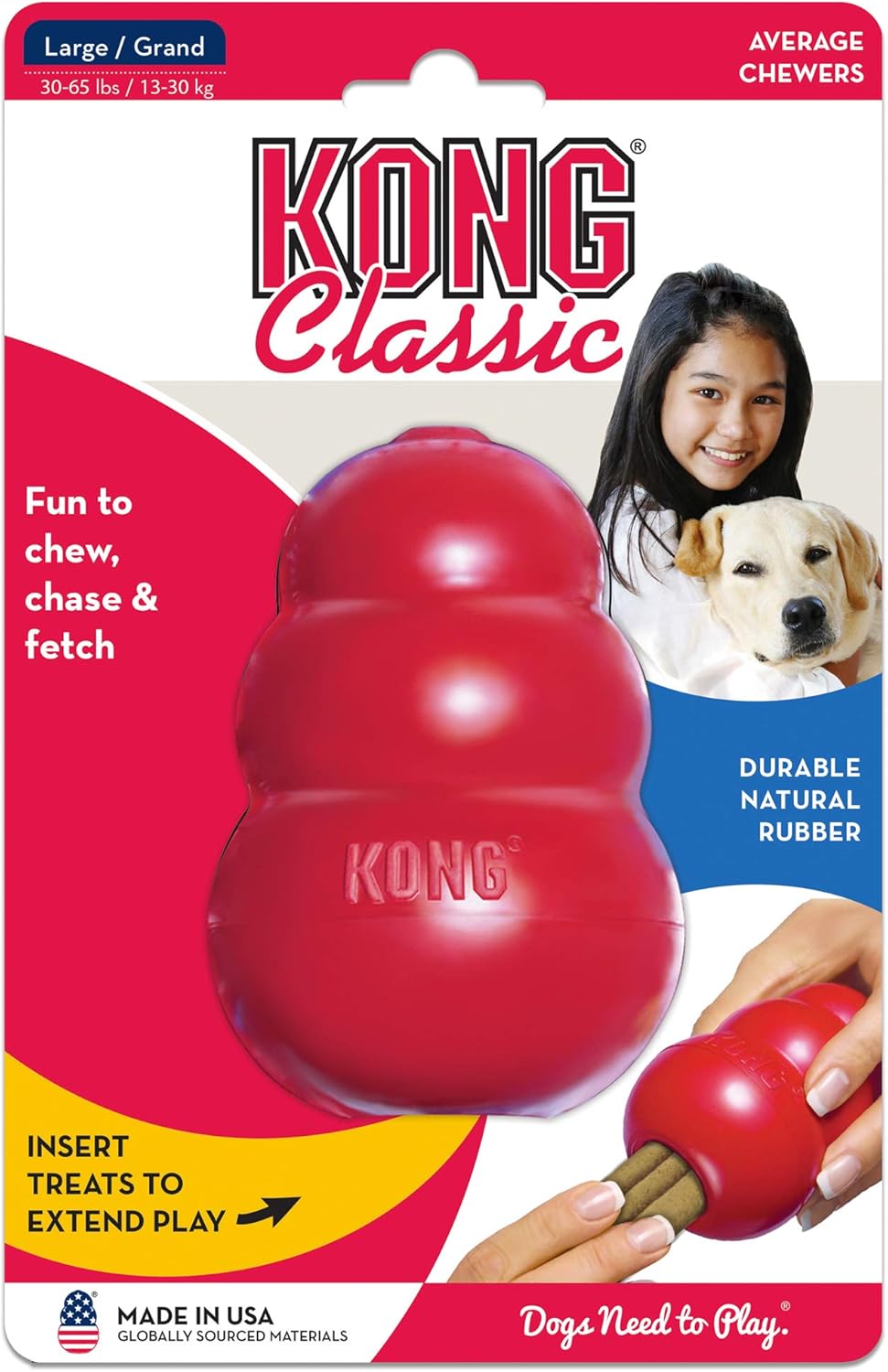 |
||
|
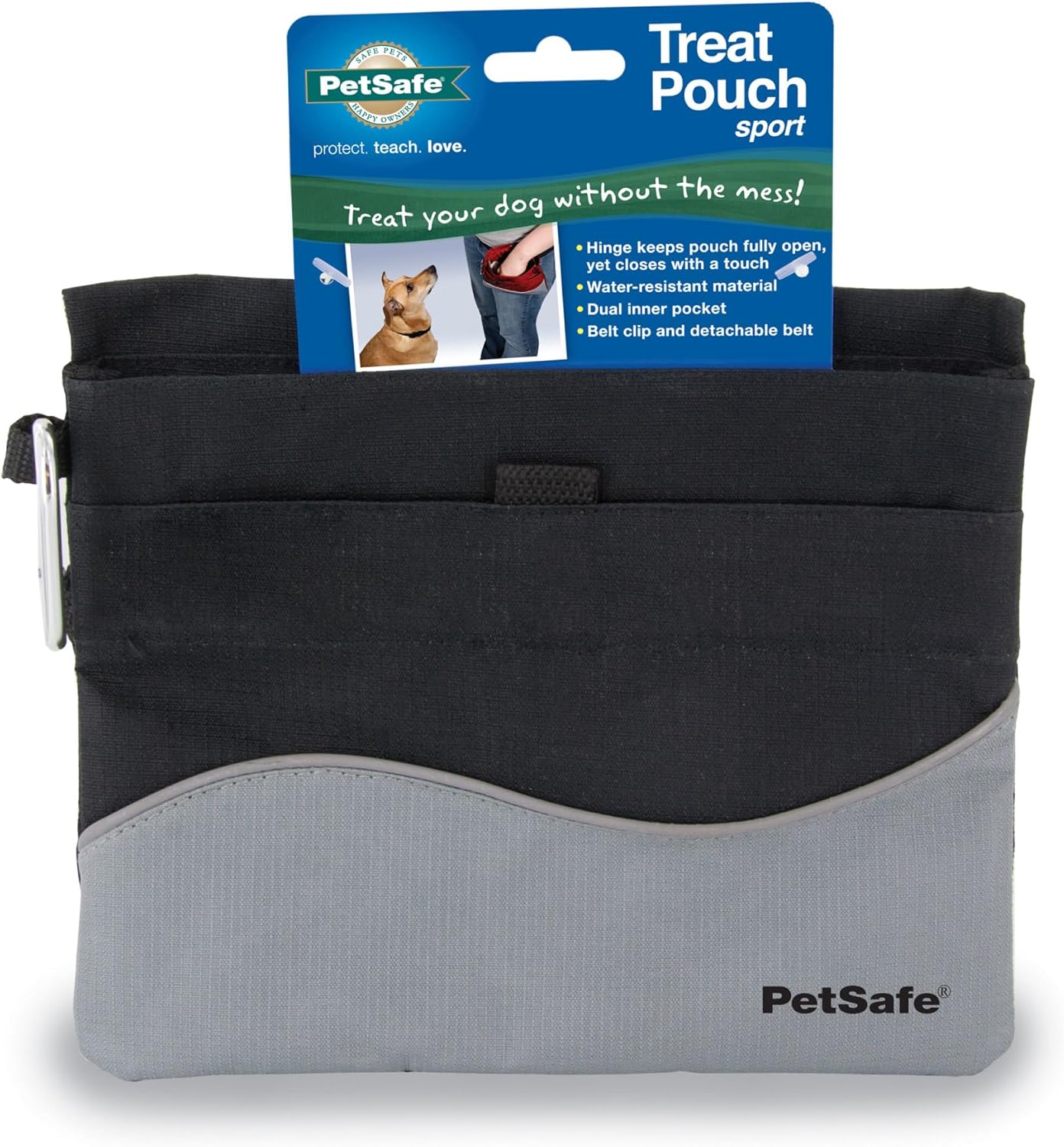 |
||
|
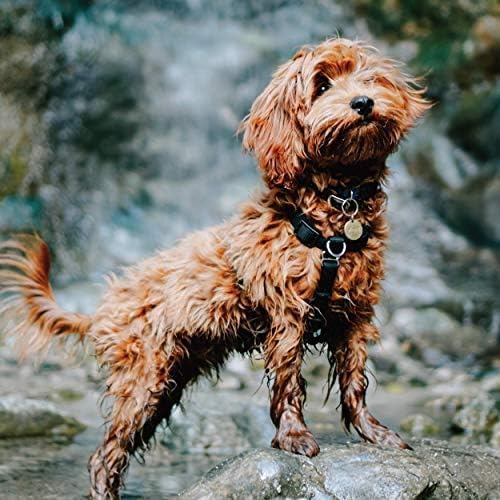 |
||
|
 |
||
|
 |
Conclusion
Respect and leadership are crucial components of a harmonious relationship with your dog. By recognizing and encouraging respectful behaviors, you can foster a strong bond that ensures mutual understanding and trust. Remember, respect is earned through consistent training, setting clear boundaries, and providing loving leadership. Embrace the journey of building this bond, and enjoy the countless moments of joy and companionship that come with being your dog’s trusted leader and cherished friend.

